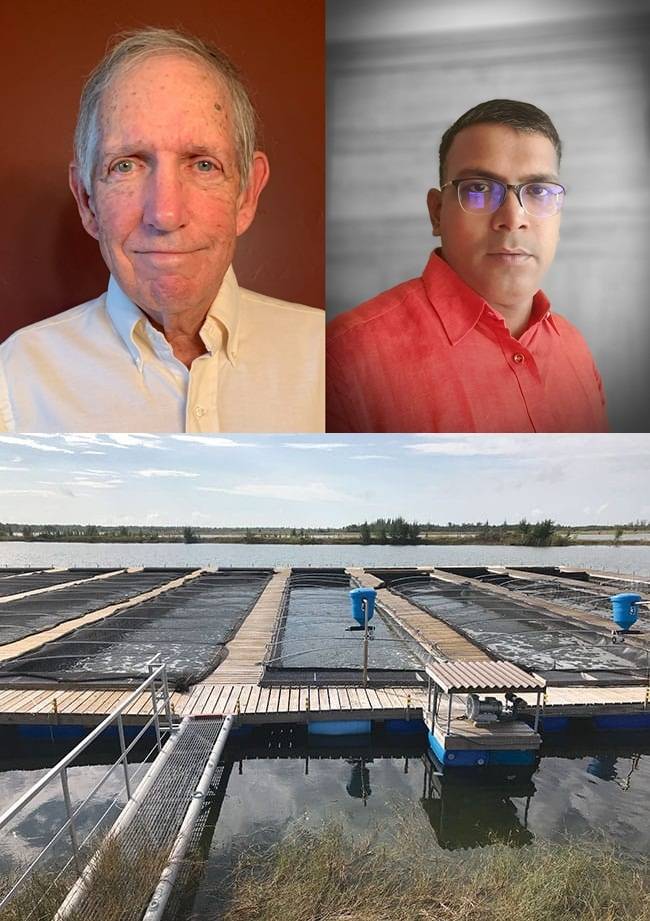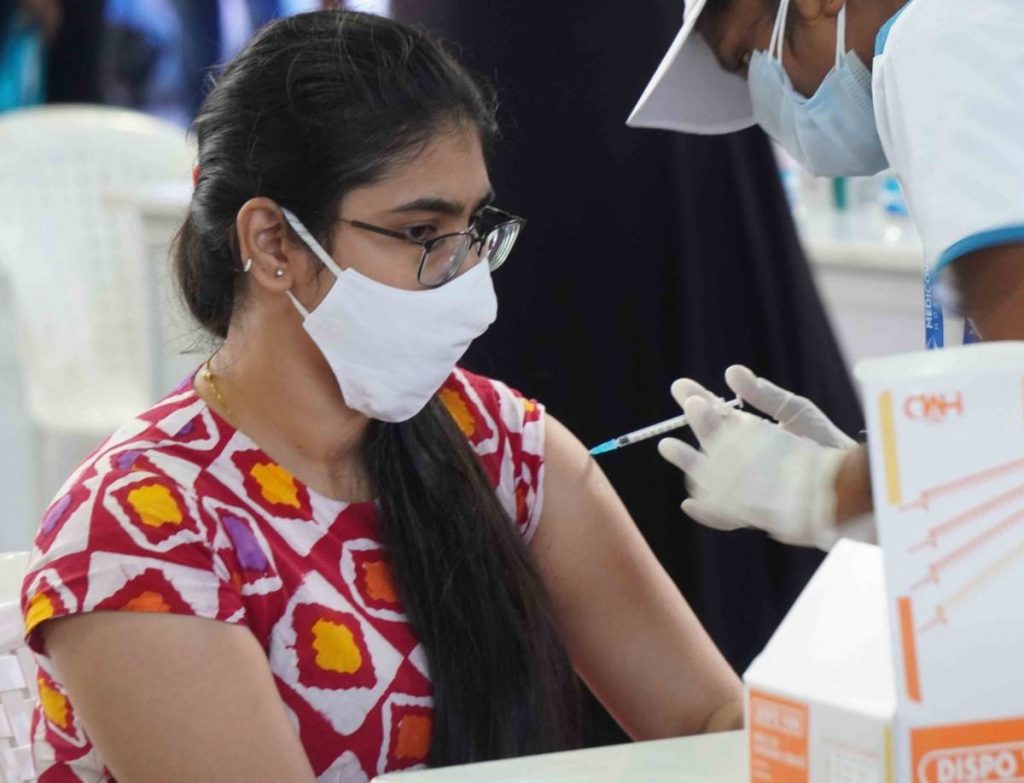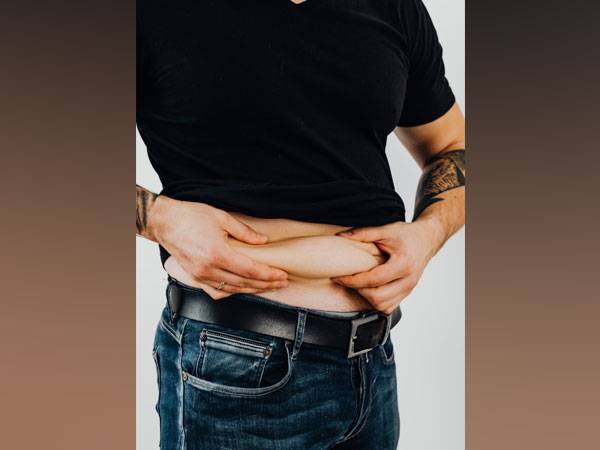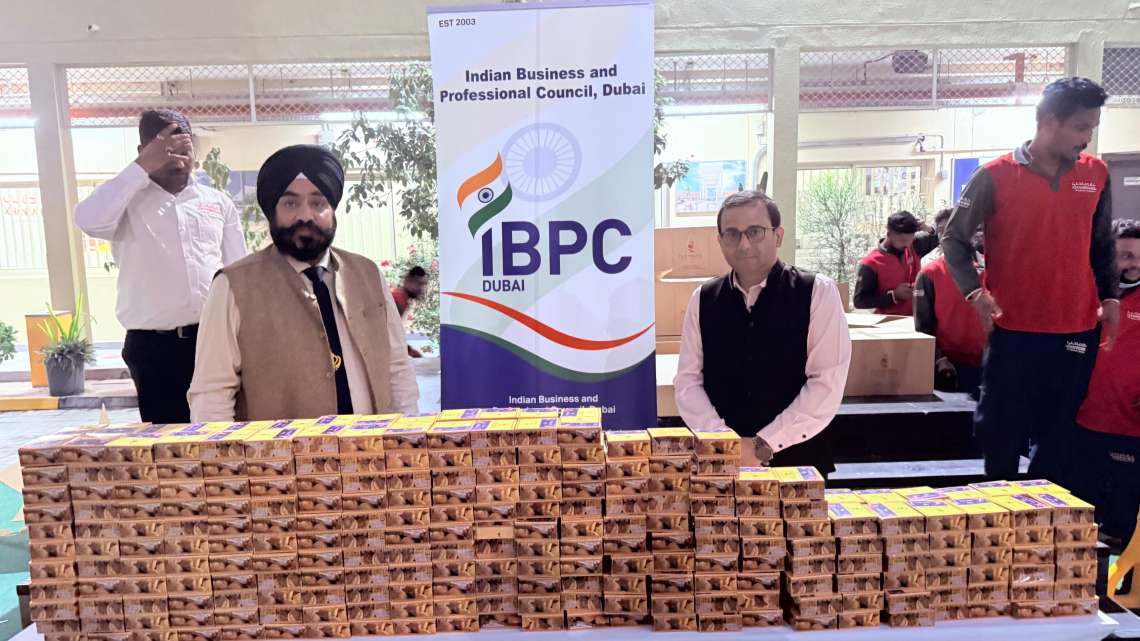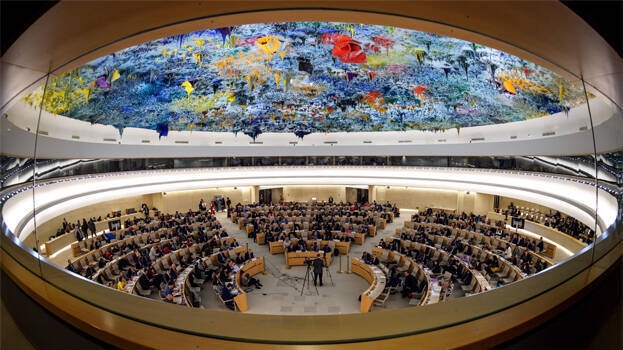Dubey said that the new technology is being implemented by Sadanand Verma and Subodh Prakash, both residents of Jharkhand’s Giridih…reports Asian Lite News.
Even as the government is focusing on increasing the farmers’ income, a farmer in India’s mineral rich eastern state of Jharkhand is all set to become the first in the country to adopt the “floating raceway technology” of the United States for fishing in existing open ponds.
The new technology for the existing pond fishing has been brought to India by a journalist turned entrepreneur Arvind Dubey, based in Mumbai through his company Superior Aquaculture India Pvt Ltd.
Dubey said that the new technology is being implemented by Sadanand Verma and Subodh Prakash, both residents of Jharkhand’s Giridih.
He said by the month of the August this year, this new system will be installed in the ponds in Giridih.
Explaining the new fishing system, which is called floating raceways (IPRS), Dubey said that for using the new technology a farmer does not need to dig a new pond, as it can be done in the existing pond.
Dubey said that the prime source of the system’s aeration is the pond-water interface coupled with the oxygen production by the pond’s flora, primarily algae.
Explaining the technology, Dubey said that Superior Aquaculture uniquely offers a Superior Floating Raceway System (patented) that can perform all of the standard RAS or Biofloc functions (except perfect temperature control) but in a pond or other waterway.
“The huge volume of water in our systems provides a very forgiving and non-volatile water reserve that continuously flows through the raceway. The system is simple, of low cost, and both financially and environmentally sustainable,” he said.
He explained that it is listed as a best management practice in North America, and Returns on Investments (ROI’s) can often be achieved in less than two years.
Dubey also said that powered by the sun and wind, the system’s pond water is naturally aerated and automatically treated for ammonia.
“Soluble nutrients and carbon dioxide are absorbed by the algae and used to produce omega-3, oxygen and nutritious food. The phytoplankton are then consumed by the zooplankton, and the nutrient laden zooplankton are like a super healthy candy for the fish,” he said.
Dr Jay Warecki, who had developed this technology said, “As there is lot of wastage in fishing today, so we have been able to put up the components together for aquaculture which is very simple.
He said simplicity and being bio friendly is important as we all live together in tighter places with less water that we had 50 years ago. “And it is important that we use that in fishing of saving water. So that is the essence of the programme to be able to present inexpensive solution for the water quality issues that are faced by the aqua culture farmers in places like India, US, Vietnam and Africa,” he said.
He said that solids collected in the raceway’s settling zone have their own well-established value, but can sometimes be “pressed” for enough algae oil to provide 100 per cent of the farm’s energy needs –all from the sun.
“In cases where the host water body might contain higher levels of algae than desired, additional auxiliary equipment such as rotating drum filters, can easily be added,” he said.
Explaining how the technology works, Warecki, who is based in the US said, “Prime purpose of the airlift is to move high quality pond water through the raceway. If the dissolved oxygen (DO) level of the pond regularly becomes lower than desired, the diffuser membrane of the airlift may be easily changed to a smaller bubble diffuser (Large bubbles move water while small bubbles aerate). The diffuser customarily used is of medium size and results in both good aeration and water flow.”
When asked, how much training is required for the farmers, he said, “Not much training is required. A couple of hours will be adequate to get started. The biggest thing is the instruments, to measure the dissolved oxygen and to keep the water flowing through the raceways. And if the oxygen level in the raceway goes low, they need to clean the raceway. There is about three or four problem areas that farmers need to learn.”
Wgen asked about the cost involved in setting up the technology, Dubey said, “It will cost about $25,000 to $30,000 for one model of the raceway system. And it will be installed on the site. We are coming up with the demo model at four cities in India in east, west, south and North India.”
Dubey said that it is not costly like RAS system which is around Rs 1.5 crore and requires new infrastructure. Whereas in the raceway we don’t need any new infrastructure as this will be installed in the existing pond.
He said that in the one hectare pond, 2 system of the model can be installed.
“What we need is good quality water and a depth of eight feet all the time. And if the farmer is an experienced farmer he can get a return of around 20 tonne annually. And if the farmer is an expert then he can get a production of 40 to 50 tonne annually. And this is production per model,” Dubey said.

But we recommend to take 20 tonne initially then depending on his experience he can increase the production, he said.
He also said that second model will be installed in Maharashtra, which will be based on salt water.
Dubey also said that the first model being istalled in Jharkhand will be a fresh water model whereas the second model in Maharashtra will be salt water model.
ALSO READ-Chhattisgarh farmers wake up and smell the lemongrass
READ MORE-‘New farm bills to benefit small and marginal farmers’

